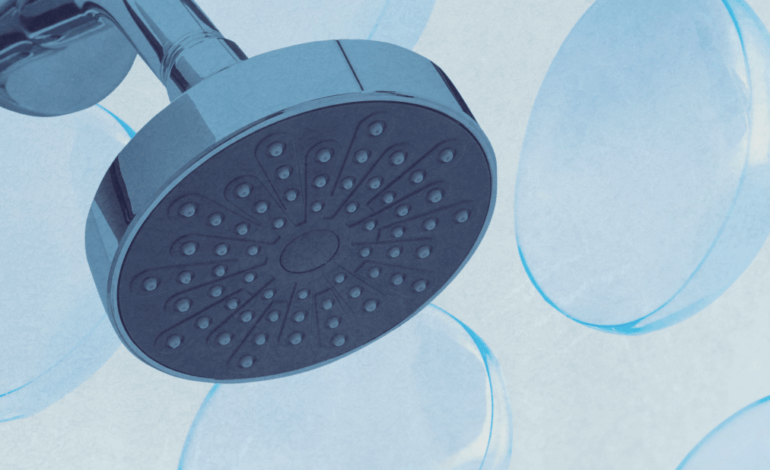Contact Lens Users Warned Against Showering After Eye Infection

When Whitney Fleming, a writer from Grand Rapids, Michigan, experienced severe pain and irritation in her left eye, she initially dismissed it as a minor issue. As a long-time contact lens wearer, Fleming was diligent about her eye care routine, cleaning her lenses regularly and avoiding sleeping in them. However, as the discomfort intensified and treatments failed, she began to worry. Eventually, she lost vision in her left eye due to a rare but serious infection known as Acanthamoeba keratitis.
The diagnosis, delivered by a corneal specialist after three long weeks, revealed that Fleming’s condition stemmed from a common parasite found in tap water and other non-sterile water sources. This infection typically affects contact lens users, particularly those who expose their lenses to water during activities like showering.
Understanding the Risks of Showering with Contacts
Dr. Thomas Steinemann, a spokesperson for the American Academy of Ophthalmology, emphasizes that contact lenses and water should not mix. He notes that approximately 90% of Acanthamoeba keratitis cases occur in contact lens wearers. The parasite can become trapped between the lens and the cornea, taking advantage of tiny abrasions on the eye’s surface to infiltrate deeper tissues. “Once it’s in there, it’s extremely difficult to eradicate,” Steinemann explains.
Despite the risks, many contact lens users, like Fleming, are unaware of the dangers associated with showering, swimming, or using hot tubs while wearing lenses. Dr. Saba Al-Hashimi, an assistant professor of ophthalmology at UCLA’s Stein Eye Institute, points out that Acanthamoeba keratitis is often misdiagnosed, which can delay appropriate treatment.
Symptoms and Treatment Challenges
Symptoms of Acanthamoeba keratitis include eye pain, redness, and sensitivity to light. Fleming urges others experiencing these symptoms to advocate for themselves during medical appointments, as some eye care professionals may not recognize the condition.
Treatment for this infection can be prolonged, often taking several months, and some patients experience persistent symptoms even after extensive treatment. Al-Hashimi warns that misdiagnosis, such as confusion with herpes infections, can lead to inappropriate treatments that exacerbate the condition.
In the United States, about 1,500 cases of Acanthamoeba keratitis are reported annually, a number that may be underestimated due to misdiagnosis. As awareness grows, more individuals are recognizing the potential severity of these infections.
Preventive Measures for Contact Lens Users
Preventive strategies are crucial for reducing the risk of infections associated with contact lenses. Dr. Steinemann advises that individuals who wear soft lenses should consider using daily disposable contacts. This approach minimizes the risk of contamination, as users start with a fresh pair each day.
For those using reusable lenses, strict hygiene practices are essential. Steinemann recommends cleaning the lens case regularly with fresh solution, avoiding tap water or saliva to moisten lenses, and discarding any lenses exposed to water immediately. Al-Hashimi suggests wearing prescription goggles while swimming or even in the shower to eliminate the risk altogether.
Fleming’s experience serves as a cautionary tale. Nearly a decade after her infection, she has partially regained vision but still deals with lingering effects, including a corneal scar and mental health challenges stemming from her ordeal. “If I would’ve understood what could have happened, I would have been much more cautious,” she reflects.
Ultimately, Dr. Steinemann highlights the importance of awareness and prevention. “There are plenty of people who are not familiar with this, or they may think a few minutes in the shower is no big deal,” he notes. Taking proactive measures can help avoid potentially devastating consequences for contact lens users.






